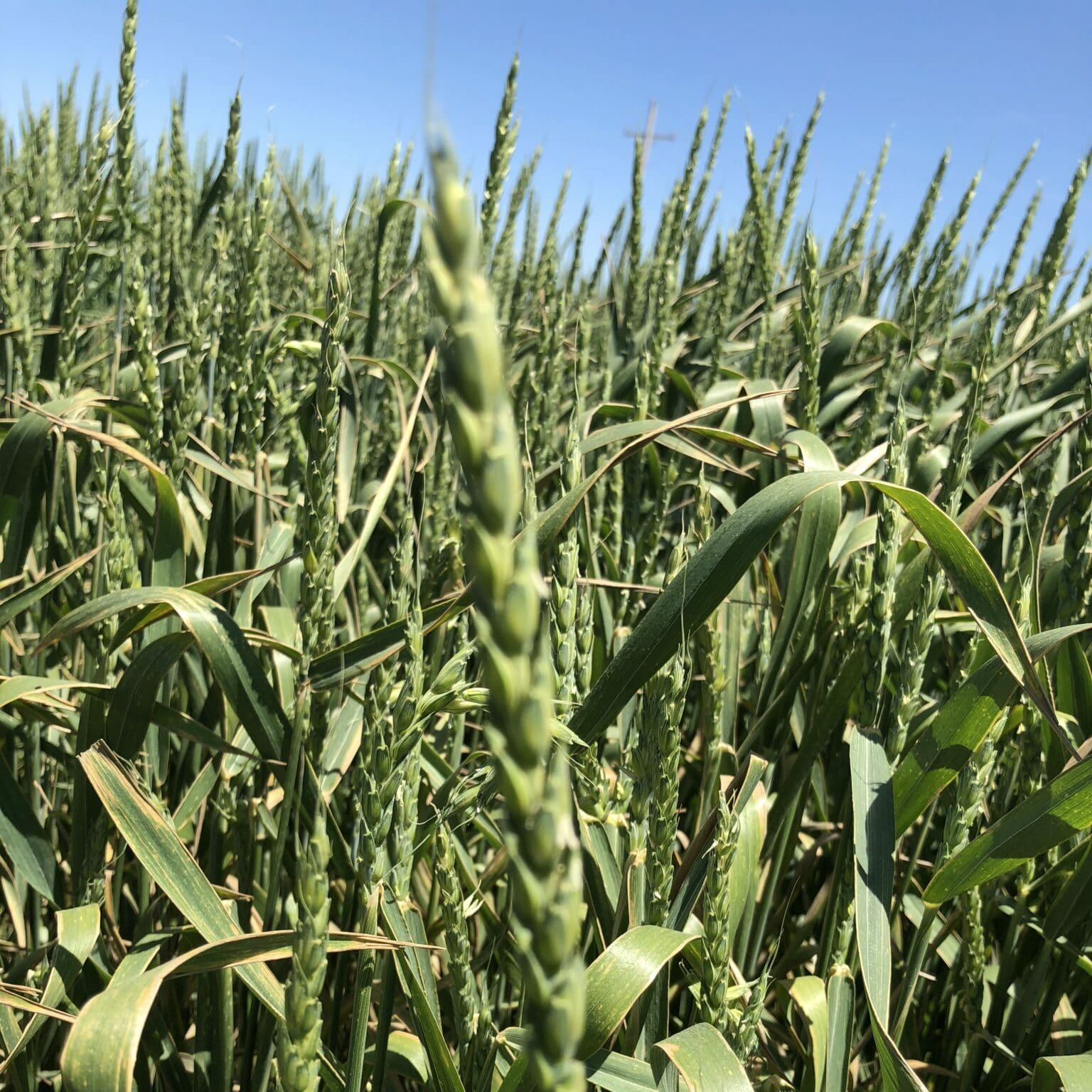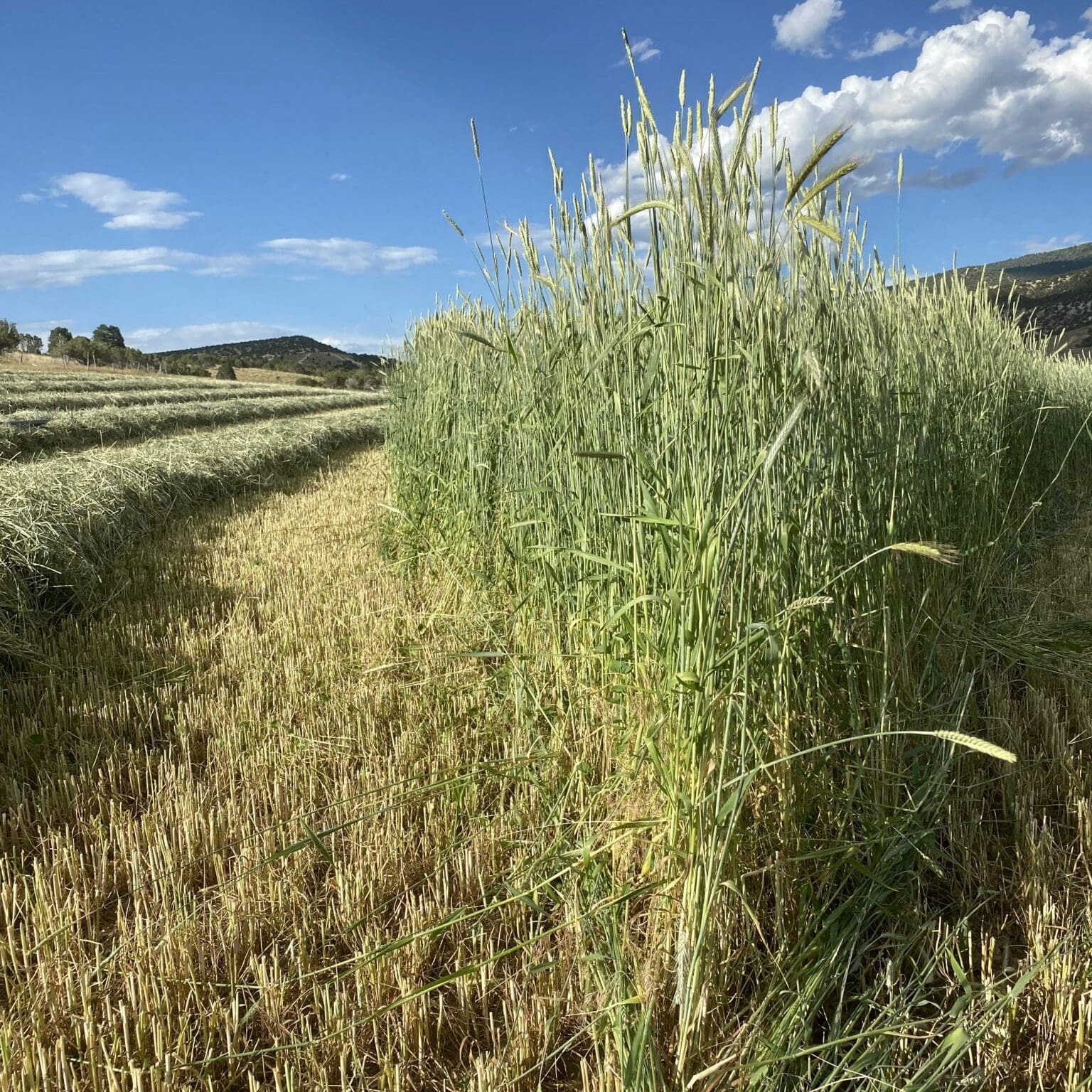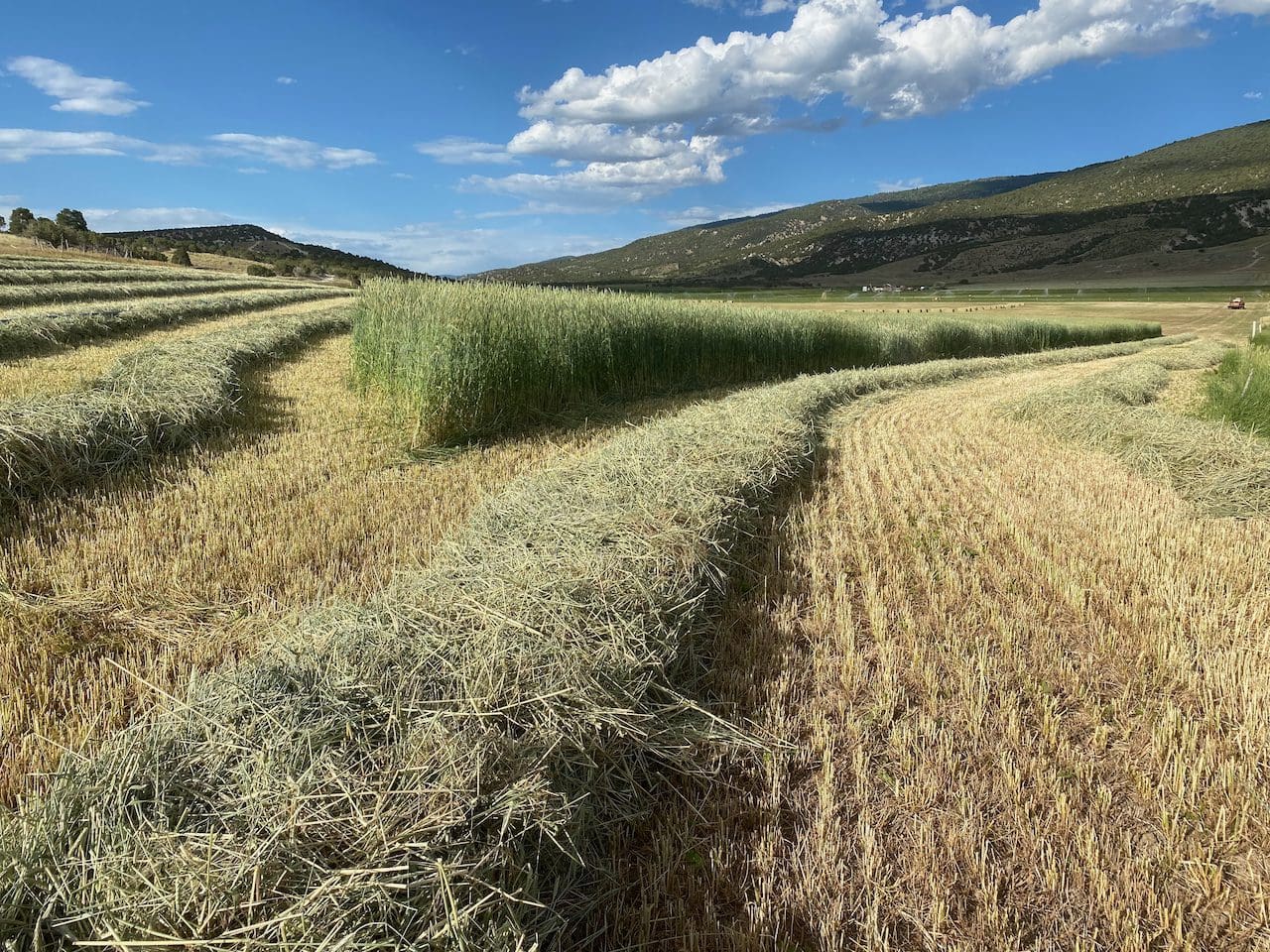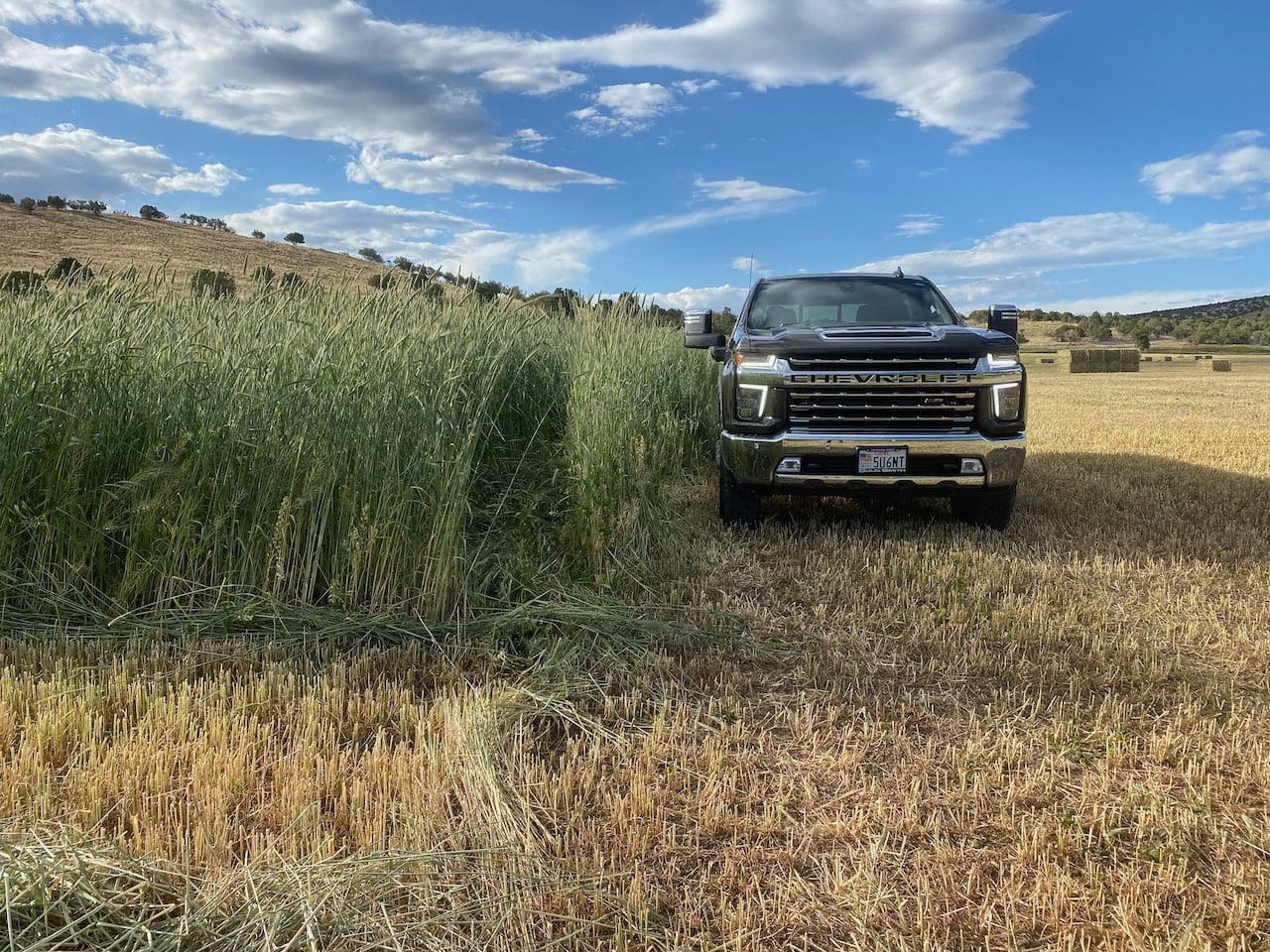Willow Creek Wheat:
Released by Montana State University in 2005, Willow Creek Wheat quickly became a highly sought-after hard red winter forage variety. For years, our customers appreciated Willow Creek for its tall growth, later maturity, and finer stems. It delivered abundant forage under both irrigated and dryland conditions, all while remaining palatable and beneficial to all classes of livestock thanks to its beardless (awnless) nature. Willow Creek was also extremely winter-hardy. When planted early in the fall, it provided fall grazing, early spring grazing, and one or more high-tonnage summer cuttings. Under irrigation, its regrowth allowed for multiple cuttings or extended pasture use.
While its forage quality is somewhat lower than that of forage barley, Willow Creek had one important advantage: significantly lower nitrate levels, making it safer and more reliable for livestock.
Willow Creek is no longer produced – and here’s why:
While Willow Creek earned a reputation for outstanding forage production, it struggled with seed production; most growers averaged somewhere between 35 and 55 bushels per acre. In many cases, growers were offered double or more money over other species, and that often didn’t math out for the grower. Over time, it became increasingly difficult to find growers who could consistently and successfully produce Willow Creek seed.
Ray Wheat replaces Willow Creek
After years of trials and research, we’re excited to introduce a newer and improved hard red winter wheat variety: Ray Wheat. Developed by the Montana Agricultural Experiment Station and released in 2018, Ray Wheat is the result of a strategic cross between Yellowstone Wheat (known for its exceptional milling and baking qualities) and Willow Creek Wheat (recognized for its forage strength).
Ray Wheat offers superior performance on two fronts—it excels both as a forage crop and as a grain producer. This dual-purpose functionality gives our customers the flexibility to:
-
Harvest high-yield forage for livestock
-
Produce seed for milling or resale, depending on market conditions
This versatility allows producers to maximize profitability each year based on current demand—whether that’s hay for feed or grain for the mill.
Key Benefits of Ray Wheat:
-
Later maturity (ideal for extended grazing)
-
Tall growth habit
-
Awnless seed head (safe and palatable for livestock)
-
Superior seed yield
-
Less lodging compared to Willow Creek
-
Above-average grain yield with average protein content
-
Resistance to stripe rust
-
Low PPO (desirable for milling quality)




